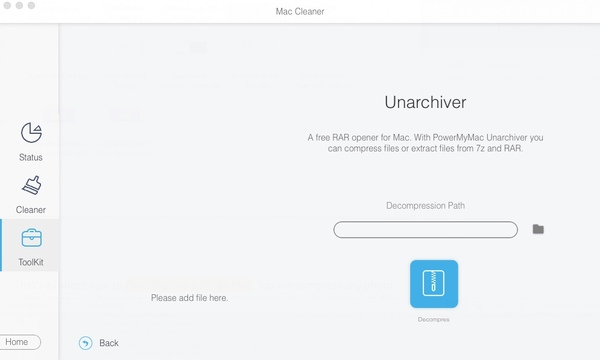
Now select all of them, and copy them to another folder. In that Finder window, search for “.rar” and you’ll see the list of RAR files that you’ve extracted. This will execute the default Archiver unextract command, and you’ll have a bunch of folders now, which will each contain the contents of their individual zip files. In the folder that contained all the zip files that I wanted of a particular series, I would select all of them, and open them in Finder. This allows you to uncompress a whole range of different compressed formats (including.
#UNZIPPER FOR MAC ARCHIVE#
Its times more powerful than the native macOS utility and supports infinitely more archive formats. Unzipped files will be saved in default destination folder rather than specified one. There is an application you can get for the Mac called The Unarchiver. The Unarchiver is the only app you need to open RAR on Mac. What’s new in version 1.0.01 Updated on Support for M1 Mac. Supported file formats include Zip, Tar-GZip, Tar-BZip2, RAR, 7-zip, LhA, StuffIt and many other old and obscure formats. This app has simple functions and no interface, you can use it directly when you click a package. Select file and destination folder to unzip. I had to find an automated way to unzip all the zip files, and the utility that i usually use (BetterZip) didn’t seem to help.įinally after trying a few methods (including the unzip command in Terminal), I found this method that was relatively straightforward and quick. Archive Utility This is the app integrated in macOS which helps you to unzip files. The thing is, they number in the hundreds, and most contain RAR files within them, and simply extracting each one won’t do.


I recently got a bunch of zip files, some sequential (X1.zip, X2.zip, etc), and others not.


 0 kommentar(er)
0 kommentar(er)
